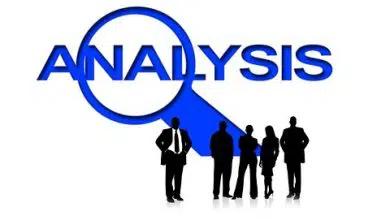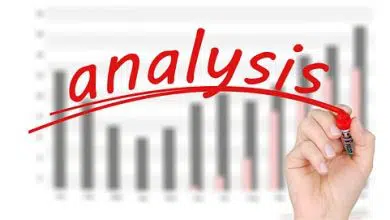August Compte was the first person who used the words ‘Static’ and ‘Dynamic’. The two words used in Economics are drawn from Mechanics. In Economics, these two words are used for the first time by J.S. Mill. The two concepts (Static Analysis And Dynamic Analysis) are analyzed as follows :
Economic Statics : The term ‘Statics’ is derived from the Greek word ‘Statike’ which means ‘bringing to a stand still’. This term denotes several meanings in several sciences. For instance, in Economics, it means a state of the movement at a particular level without any change. In Physical Sciences it denotes a state of rest where there is no movement. According to Simon Kuznet, Economic statics deals with relations and processes on the assumption of uniformity and persistence. According to Prof. Clark economic statics involves the absence of five kinds of change. They are (a) Size of population, (b) Supply of capital, (c) Methods of production, (d) Forms of business organization, (e) Wants of the people.
Economic statics denotes the relationship between two economic variables that relate to the same point of time. It is a timeless analysis. It assumes the simultaneous adjustment of indices. It gives only a stand still picture of an economy, a vision of the movement, disappearing .as soon as it makes its appearance.
Economic Dynamics: The term. ‘Economic Dynamics’ means ‘causing to move’. In Economics it refers to the study of economic changes. It denotes the analysis of the process of change in time. Hence time factor plays an important role in determining the relationship between economic variables. Professor Hicks defined economic dynamics as “that part of economic theory which every quantity must be dated“. Ragnar Frisch considered economic dynamics as a system in which variables at different points of time involved in an essential way.
Thus, economic dynamic is concerned with the changes in the expected values of the variables. For example change in price affects the quantity demanded and supplied of a commodity. The extent of the impact of price on the demand and supply of a commodity depends upon the extent of change in the other variables.




